Galaxy Z Fold 6 vs Galaxy Z Fold 4: Here's what’s changing and what's staying the same
We may earn a commission if you make a purchase from the links on this page.

Intro
Samsung's Galaxy Z Fold 6 is now official, albeit not reinventing the formula behind the company's iconic foldable. While it doesn't have to do that, those who have been using the Galaxy Z Fold 4, for example, will probably find it challenging to justify upgrading to the newer device. After all, there aren't that many differences on deck.
Is the Galaxy Z Fold 6 the next logical upgrade step for Galaxy Z Fold 4 owners, or can you get yet another year out of your older foldable?
Galaxy Z Fold 6 vs Galaxy S24 Ultra differences:
| Galaxy Z Fold 6 | Galaxy Z Fold 4 |
|---|---|
| A slight design with a squarish aspect ratio, enhanced hinge, but still a display crease is present | Metal design, foldable form factor with a pronounced display crease |
| 7.6-inch internal screen and 6.3-inch external display, both 1-120Hz | A 7.6-inch internal screen and a 6.2-inch internal screen |
| 50MP + 10MP + 12MP camera system on the rear | The same 50MP + 10MP + 12MP camera system on the back |
| The finest Qualcomm chip on board (Snapdragon 8 Gen 3) | Snapdragon 8+ Gen 1 in most countries across the globe |
| IP48 rating, some dust resistance on deck | IPX8 rating, no dust resistance |
| S Pen stylus available as a separate purchase | S Pen support |
| A 4,400mAh battery on board | Same 4,4000mAh battery on board |
| 25W wired and 15W wireless charging on board | 25W wired charging, 15W wireless |
Table of Contents:
Design and Display
Foldable evolution
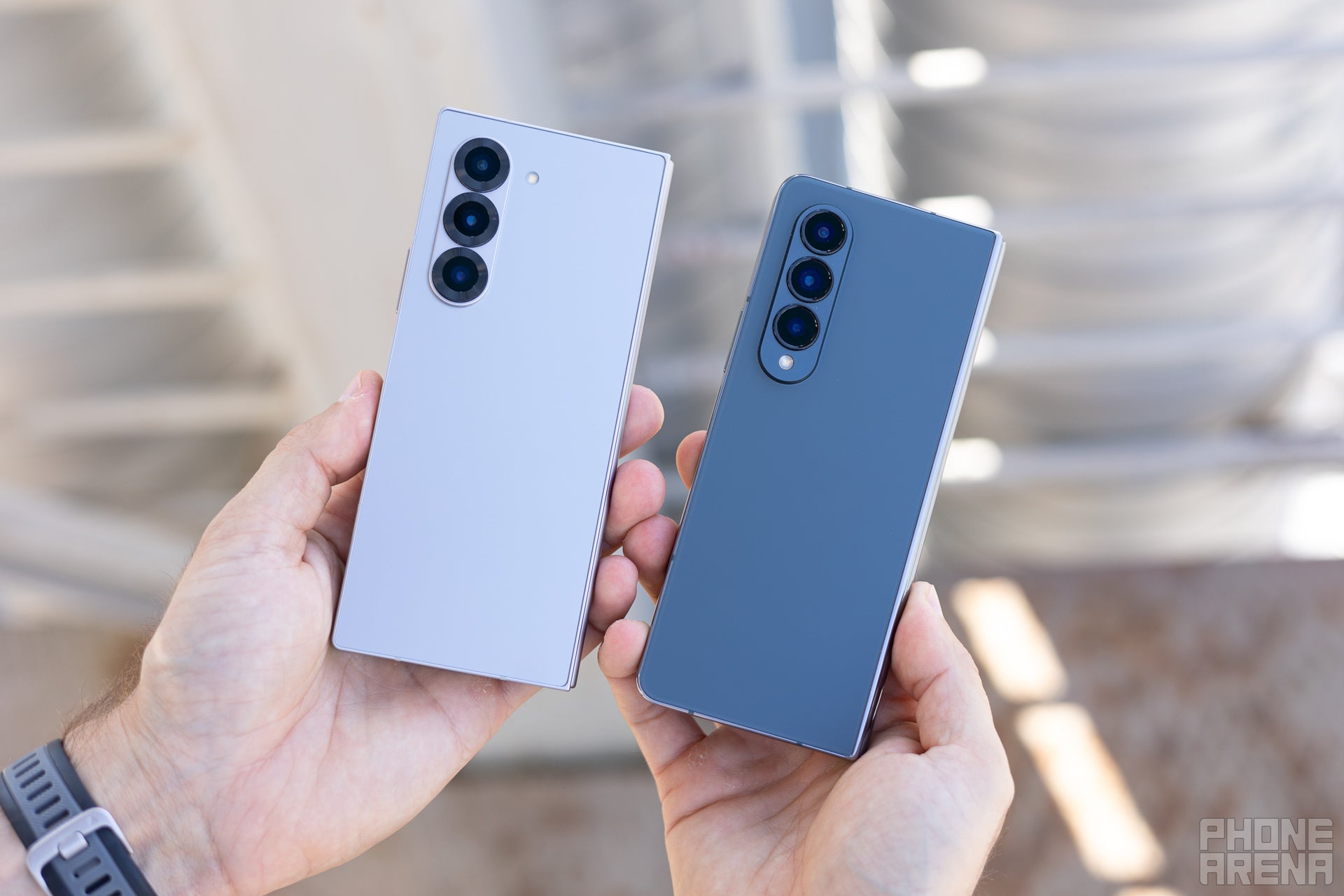
One thing is certain, Samsung's design goes evolves at a steady pace (Image by PhoneArena)
Well, there are a few notable differences between the Galaxy Z Fold 6 and the Galaxy Z Fold 4.
The Galaxy Z Fold 6 doesn't utilize titanium, but Armor Aluminum once again. However, Samsung has found a way to massively reduce the overall weight: the new phone weighs just 239gr, a substantial difference with the Galaxy Z Fold 4, which could work out a hole in your pocket with its 263gr weight!
Not only that, but the size and aspect ratio have also slightly changed: the Galaxy Z Fold 6 is now boxier and has a slightly wider external screen, which helps its overall utility. The Galaxy Z Fold 4, on the other hand, is taller, narrower, and heavier, so if ergonomics are important, the new phone surely has the edge.
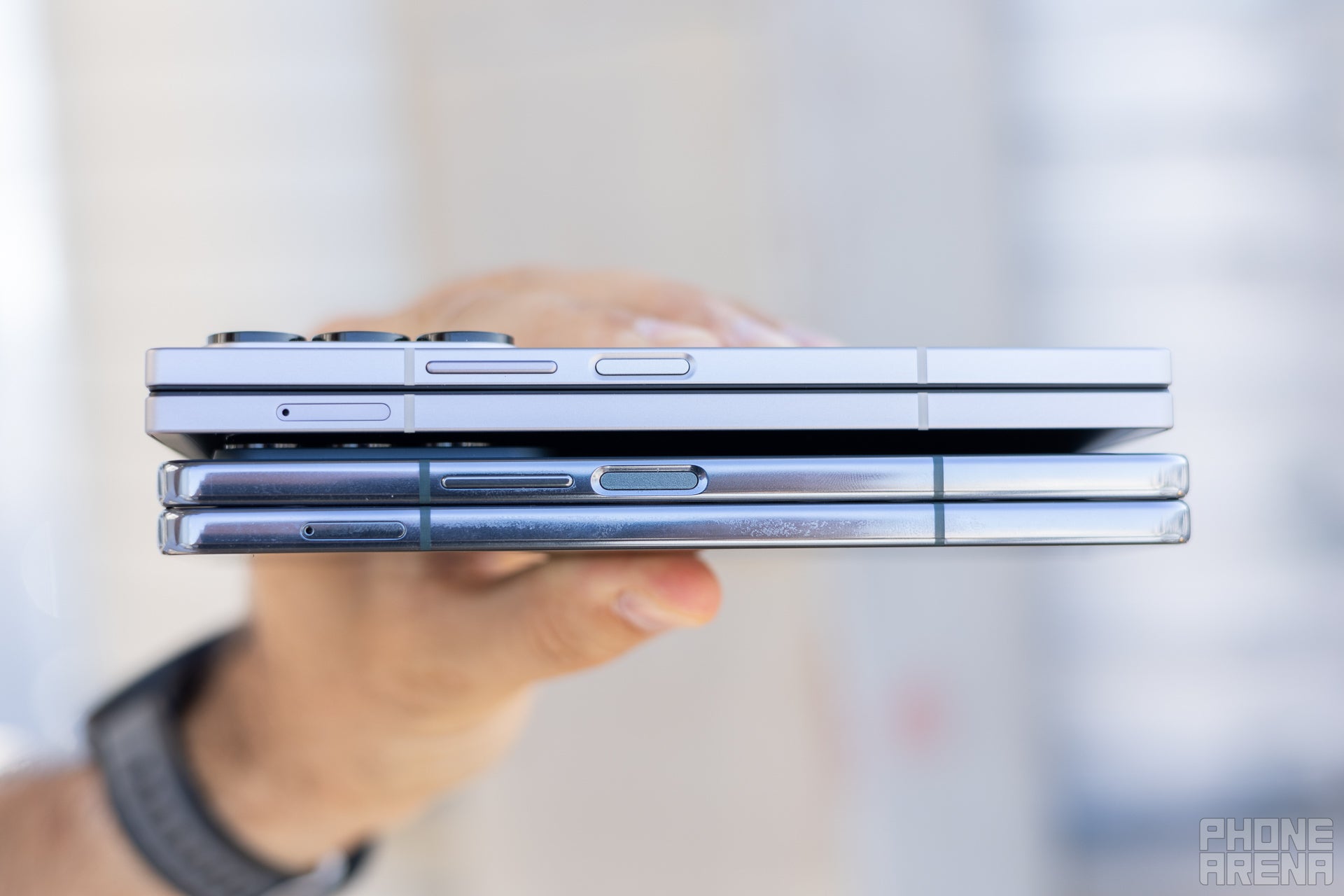
The Galaxy Z Fold 6 (top) is much thinner and lighter (Image by PhoneArena)
Both the Galaxy Z Fold 6 and the Galaxy Z Fold 4 will support S Pen stylus input, but neither phone has a silo to slot the accessory. Just have in mind that the Galaxy Z Fold styluses are special: they have softer tips that can't scratch the inner displays.
Foldable phones are usually not dustproof, but they can protect against water. The Galaxy Z Fold 6 is IP48-rated, which means that it's protected against dust larger than 1mm and also waterproof in up to 1.5 meters for up to 30 minutes without worrying about damage. The Galaxy Z Fold 4 is just waterproof, no dust resistance.
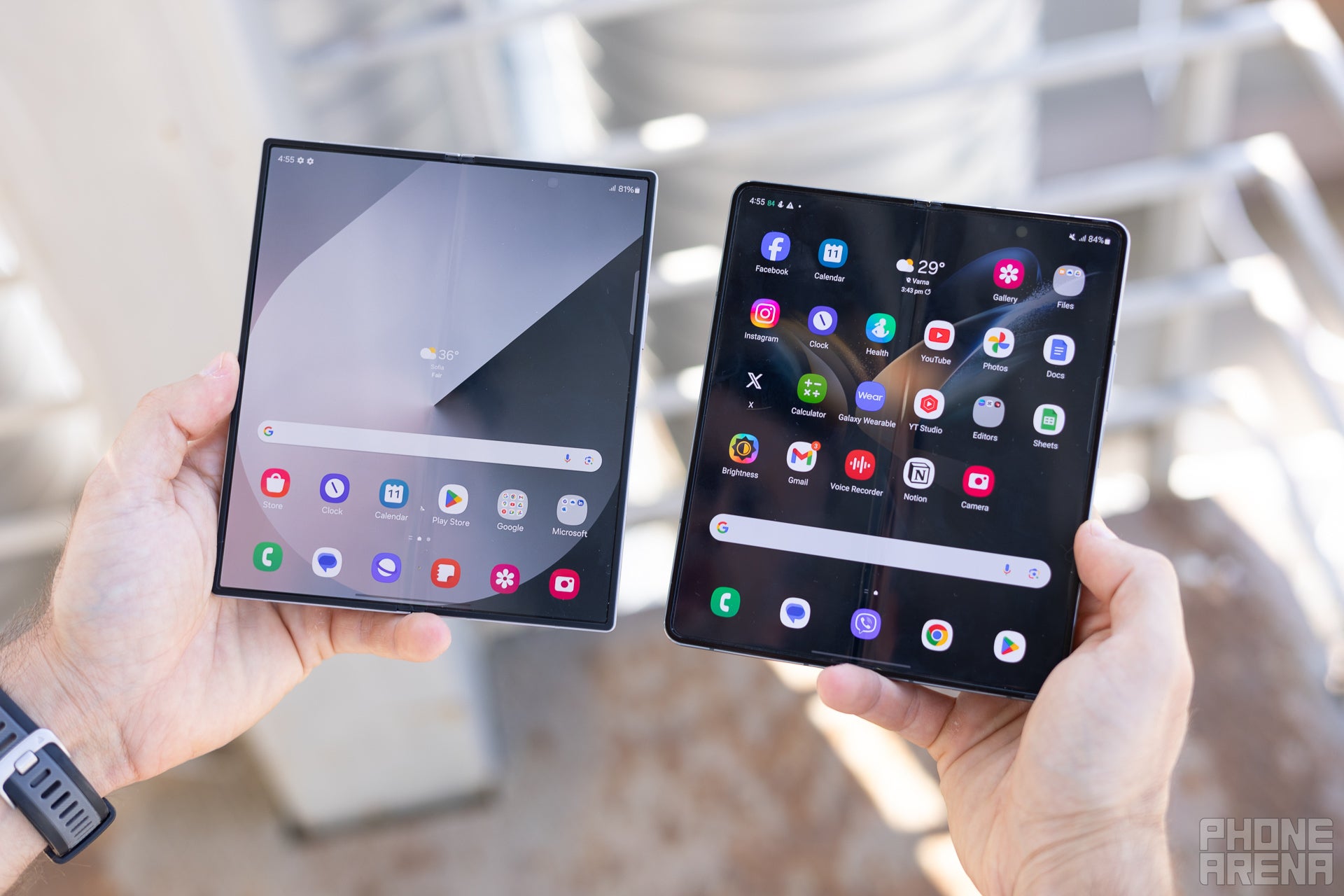
Screens for days (Image by PhoneArena)
Both the Galaxy Z Fold 6 and Z Fold 4 come with 7.6-inch internal OLED displays that can go up to 120Hz, but that's where most similarities end.
The Galaxy Z Fold 6 inner screen comes along with thinner bezels and an ever-so-slightly boxier aspect ratio: 20.9:18 versus the Z Fold 4's 21.6:18. While the older flagship can only go to 1,200 nits of brightness, the Galaxy Z Fold 6 can go up to 2,600 nits of brightness, and get this: the cover screen can reach that number, too!
Sadly, the two devices have another thing in common––a pronounced crease in the middle.
With the cover screens, the situation is a bit different. The Galaxy Z Fold 6 accommodates a 6.3-inch OLED screen whereas the Z Fold 4 has a 6.2-inch one, with thicker bezels.
The Galaxy Z Fold 6 inner screen comes along with thinner bezels and an ever-so-slightly boxier aspect ratio: 20.9:18 versus the Z Fold 4's 21.6:18. While the older flagship can only go to 1,200 nits of brightness, the Galaxy Z Fold 6 can go up to 2,600 nits of brightness, and get this: the cover screen can reach that number, too!
Sadly, the two devices have another thing in common––a pronounced crease in the middle.
With the cover screens, the situation is a bit different. The Galaxy Z Fold 6 accommodates a 6.3-inch OLED screen whereas the Z Fold 4 has a 6.2-inch one, with thicker bezels.
- Also read: Galaxy Z Fold 6: Size Comparison
Display Measurements:
Above, you can see our in-house display lab measurements that outline the exact numbers for max brightness, as well as other display characteristics for both phones. It's quite the change in peak brightness indeed!
The Galaxy Z Fold 4 weirdly achieves a slightly lower minimum brightness, which could help when using the phone in low-light conditions. At the same time, the color temperature on the Galaxy Z Fold 6 is slightly closer to the ideal 6500K target.
Performance and Software
Snapdragons for the masses
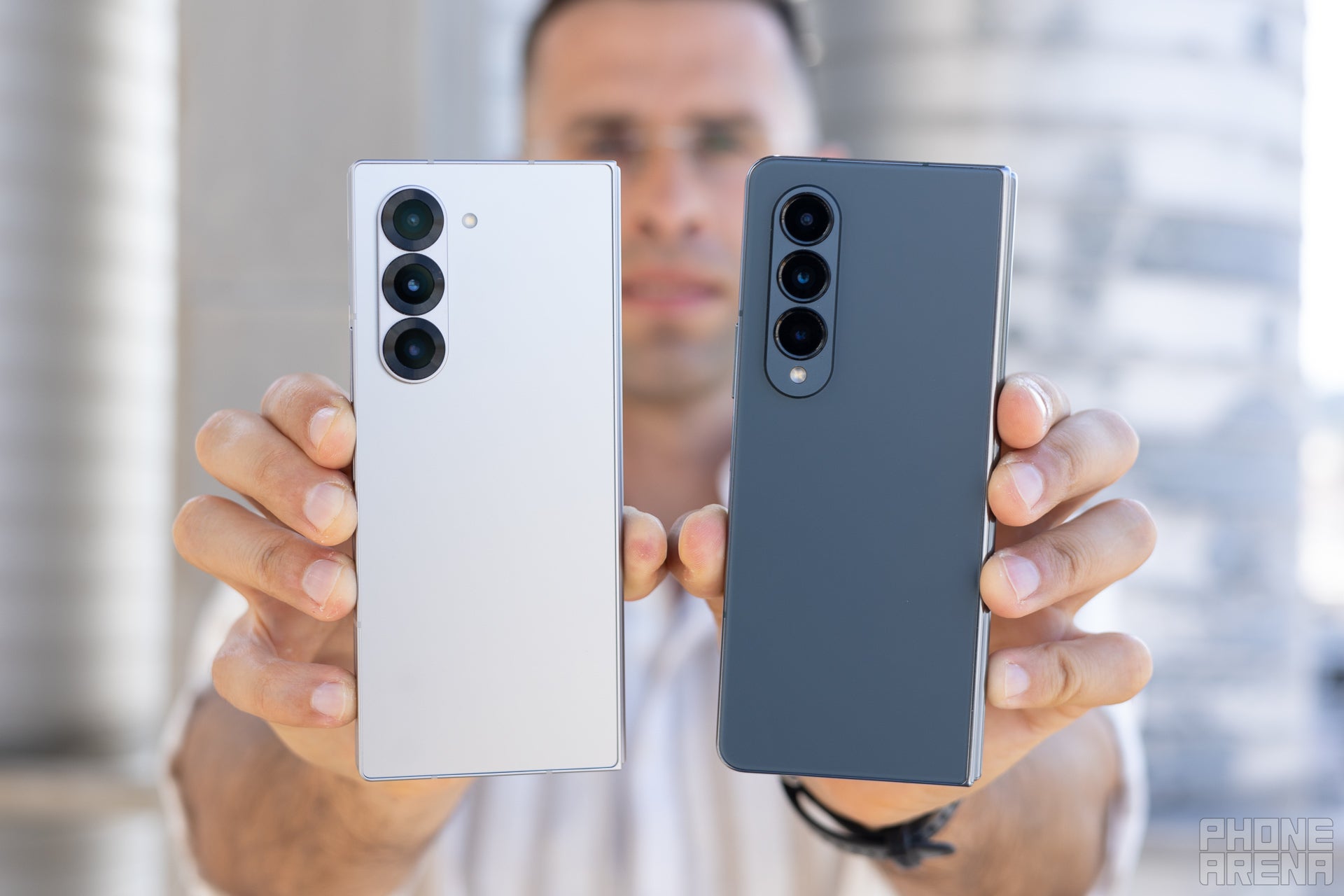
Massive performance changes
The Galaxy Z Fold 6 features the latest and greatest Qualcomm chip right now, the Qualcomm Snapdragon 8 Gen 3. Samsung already employs it on the Galaxy S24 family, and it's proved itself to be quite the efficient performer, which not only crunches through any task, but also delivers excellent battery endurance.
Meanwhile, the Galaxy Z Fold 4 is powered by the older Qualcomm Snapdragon 8+ Gen 1 flagship chip. There's a significant performance rift between these two Qualcomm platforms, with the newer phone being way better-specc'd:
| Specification | Snapdragon 8 Gen 3 | Snapdragon 8+ Gen 1 |
|---|---|---|
| Prime Core | 1x Cortex-X4 at 3.7 GHz | 1x Cortex-X2 at 3.2 GHz |
| Performance Cores | 5x Cortex-A720 at 3.0 GHz | 3x Cortex-A710 at 2.75 GHz |
| Efficiency Cores | 2x Cortex-A520 at 2.0 GHz | 4x Cortex-A510 at 2.0 GHz |
| Architecture | 64-bit ARMv9 | 64-bit ARMv9 |
Logically, all of this translates to a much better performance on the newer chip, which will certainly beat its predecessor in overall performance and efficiency. The graphics processing on the latest Snapdragon is particularly impressive, even surpassing Apple's latest A-series chips.
That's also perfectly visible in our own benchmark tests. In the Geekbench 6 CPU-heavy tests, the Galaxy Z Fold 6 is decidedly beating its older predecessor. The same applies to the GPU-centric 3DMark Extreme test, in which the difference is even bigger in favor of the Galaxy Z Fold 6. All in all, if performance is one of the main reasons why you'd consider upgrading, the Galaxy Z Fold 6 definitely delivers.
Samsung has also put 12GB of RAM on the Galaxy Z Fold 6 to accommodate all of its AI needs. 256GB of storage are available in the base version, but you can also get it with 512GB and 1TB of storage as well. The same RAM and memory setup applies to the older phone, too, so we're once again at an impasse.
What's especially intriguing about the Galaxy Z Fold 6, however, is its long, seven-year software support that beats the Galaxy Z Fold 4's four year of software support, two of which have already passed. The Fold 6 will receive major Android updates and security patches until the end of the decade, and slightly beyond that.
One of the major differences between the two phones is the AI on the new phone. Samsung has a full suite of features to entice potential buyers, like Note Assist, Photo Assist, Interpreter, Google Gemini, Circle to Search, and you can learn more about them in our overview of the new Galaxy AI features for foldables.
Camera
Impasse
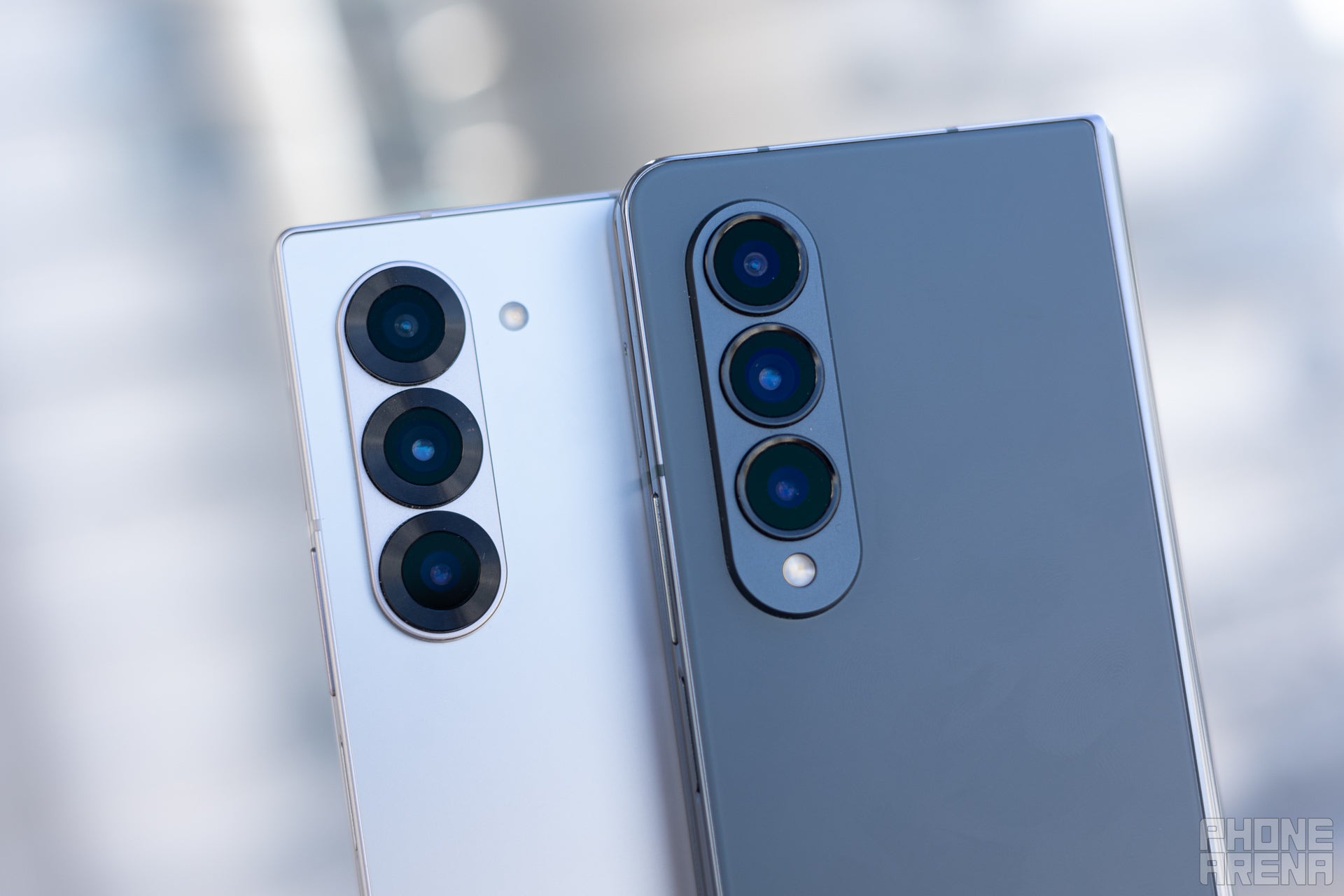
The triple camera setup on both is mostly similar (Image by PhoneArena)
The Galaxy Z Fold 6 comes with a 50MP main camera, a 10MP telephoto with 3X optical zoom, and a 12MP ultra-wide camera. If you think you're having a déjà vu, that's because a similar setup has been used on the Samsung Galaxy Z Fold 4 and the Galaxy Z Fold 5.
As usual, we expect many improvements on the software side, including image-processing optimizations and other improvements, all despite the lack of hardware changes.
That said, while foldables have never been all about the camera performance, all Galaxy Z Fold devices have had more than decent cameras, capable of delivering more than decent results. We have no reason to believe the Galaxy Z Fold 6 will be any different.
Main camera
The main cameras of the two devices are mostly comparable to one another. There are small differences in terms of colors and a bit more details in the Galaxy Z Fold 6, but overall, you wouldn't notice a massive difference here.
The same applies to the low-light performance of the main camera: aside from a slightly more vibrant photo, the Galaxy Z Fold 6 and Galaxy Z Fold 4 are mostly comparable.
Zoom Quality
At 3X zoom, which is native for both phone's telephoto cameras, the two are mostly comparable. There's a similar amount of detail captured with both phones.
At 5X zoom, both phones are out of their league and mostly rely on digital zoom. The Galaxy Z Fold 6 has a slight upper hand, though.
At 10X, the Galaxy Z Fold 6 delivers a clearer image, with less haze, better detail, and better colors.
Ultra-wide Camera
The ultra-wide camera on the Galaxy Z Fold 6, despite improved, doesn't do a substantially better job than the Galaxy Z Fold 4. Both devices deliver comparable detail and color rendition. Both phones lack dedicated macro modes.
Selfie camera
Both phones take very decent selfies, with lovely colors and just enough detail.
Battery Life and Charging
No changes once again
Despite the rumors of a larger battery, Samsung has once again put a 4,400mAh battery inside the Galaxy Z Fold 6. However, thanks to the more efficient chip, we suspect the Galaxy Z Fold 6 to have a better mileage than its predecessor, despite the tank being of the same capacity.
Back in the day, the Galaxy Z Fold 4 fared rather well. It achieved a pretty solid result of 12 hours and 43 minutes in our custom browsing test, which emulates a standardized browsing experience. The video streaming test result was also pretty decent at 8 hours and 47 minutes. However, in our 3D gaming test that's designed to emulate a regular gaming experience, the Galaxy Z Fold 4 hit just 4 hours and 28 minutes, revealing there's much room for improvement.
How does the Galaxy Z Fold 6 compare?
As per our custom battery benchmark tests, all conducted at 200 nits of manually set brightness, the Galaxy Z Fold 6 performs mostly similar to the Galaxy Z Fold 4. Surprisingly, the Galaxy Z Fold 4 lasts slightly longer in our video streaming test.
Charging-wise, both the Galaxy Z Fold 6 and Galaxy Z Fold 4 support 25W wired charging. Wireless and reverse wireless charging are part of both phones' specs sheets, too.
Specs Comparison
The essential Galaxy Z Fold 6 vs Galaxy Z Fold 4 specs comparison is available right below. This is still based on Galaxy Z Fold 6 specs, have that in mind.
| Galaxy Z Fold 6 | Galaxy Z Fold 4 |
|---|---|
| Unfolded: 153.5 x 132.6 x 5.6mm Folded: 153.5 x 68.1 x 12.1mm Weight: 239gr | Folded: 155.1 x 67.1 x 15.8 mm Unfolded: 155.1 x 130.1 x 6.3 mm 263g |
| Main screen: 7.6" AMOLED, HDR, 1-120Hz, 20.9:18 aspect ratio Cover screen: 6.3" AMOLED, HDR, 1-120Hz, 22.1:9 aspect ratio | Main:7.6" OLED 9:10.8 ratio 120Hz Cover: 6.2" OLED 23.1:9 ratio |
| Snapdragon 8 Gen 3, 4nm | Qualcomm Snapdragon 8+ Gen 1, 4nm |
| 12GB/256GB 12GB/512GB 12GB/1TB | 12GB / 256GB 12GB / 512 GB 12GB / 1TB LPDDR5 / UFS 3.1 |
| One UI 6.1.1, Android 14 | One UI 6.1, Android 14 |
| Main: 50MP primary sensor with f/1.8 aperture and OIS Telephoto: 10MP secondary telephoto lens with f/2.4 aperture, OIS, and 3x optical zoom; Ultra-wide: 12MP ultra-wide-angle with f/2.2 aperture Front-facing: 10MP external / 4MP under-display | Main: 50MP primary sensor with f/1.8 aperture and OIS Telephoto: 10MP secondary telephoto lens with f/2.4 aperture, OIS, and 3x optical zoom; Ultra-wide: 12MP ultra-wide-angle with f/2.2 aperture. Front-facing: 10MP external / 4MP under-display |
| 4,400mAh | 4,400mAh |
| USB-C 25W wired 15W wireless | USB-C 25W wired 15W wireless |
Summary
So, it appears that the Galaxy Z Fold 6 will improve on many of the aspects of the Galaxy Z Fold 4. A revamped design, improved display, better performance and battery life is what would make the Galaxy Z Fold 6 the logically better pick over the Galaxy Z Fold 4. And that's normal––evolution only goes one way.
Galaxy Z Fold 6 starts at $1,899, so a $100 price hike in comparison with the usual Galaxy Z Fold price. Should you upgrade in comparison with the Galaxy Z Fold 4? Well, if you're satisfied with the older Galaxy Z Fold 4, then you might skip the Galaxy Z Fold 6. Sure, it has a much better performance and refined design, but overall, the changes are not that drastic.
Follow us on Google News







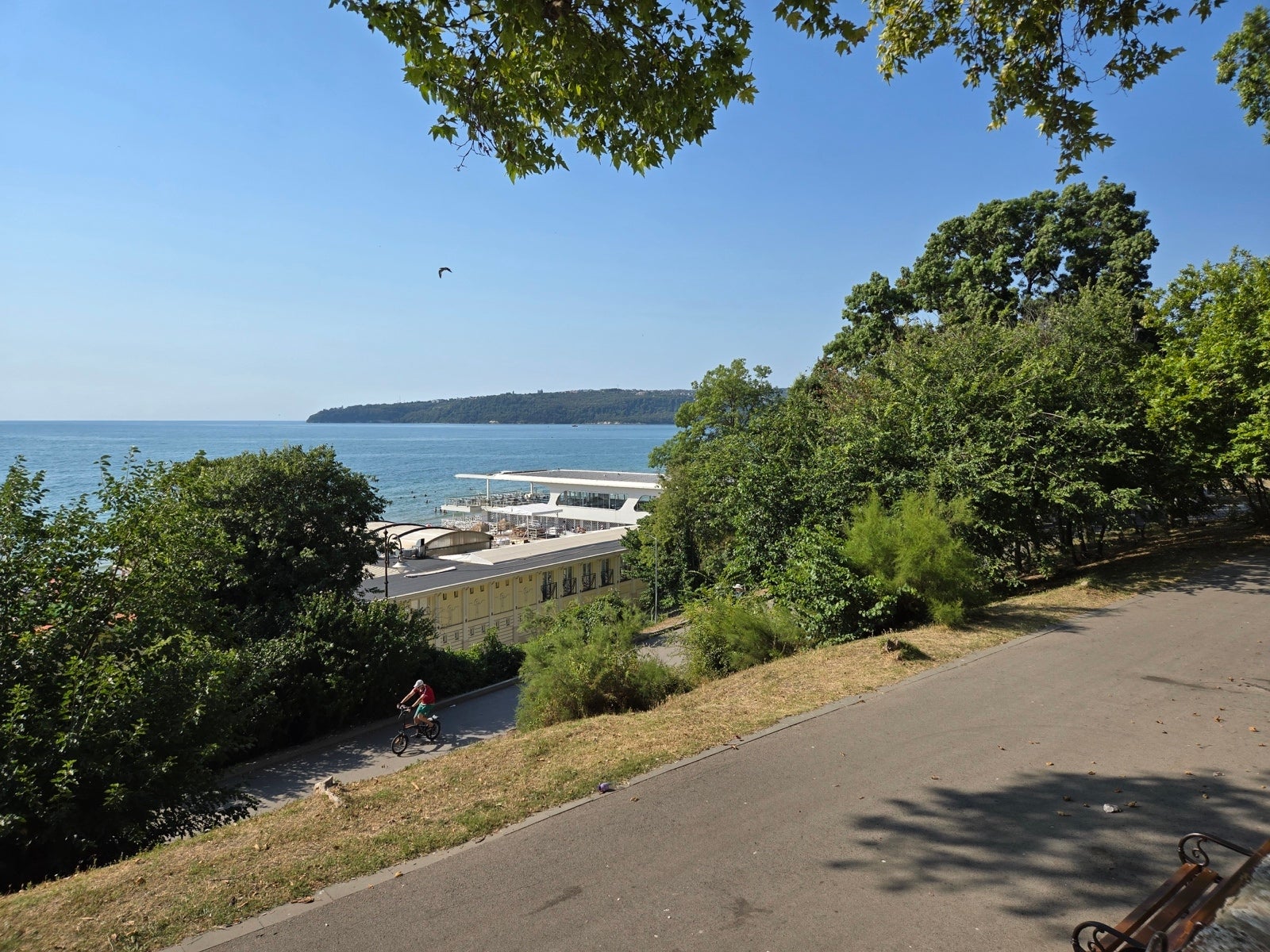
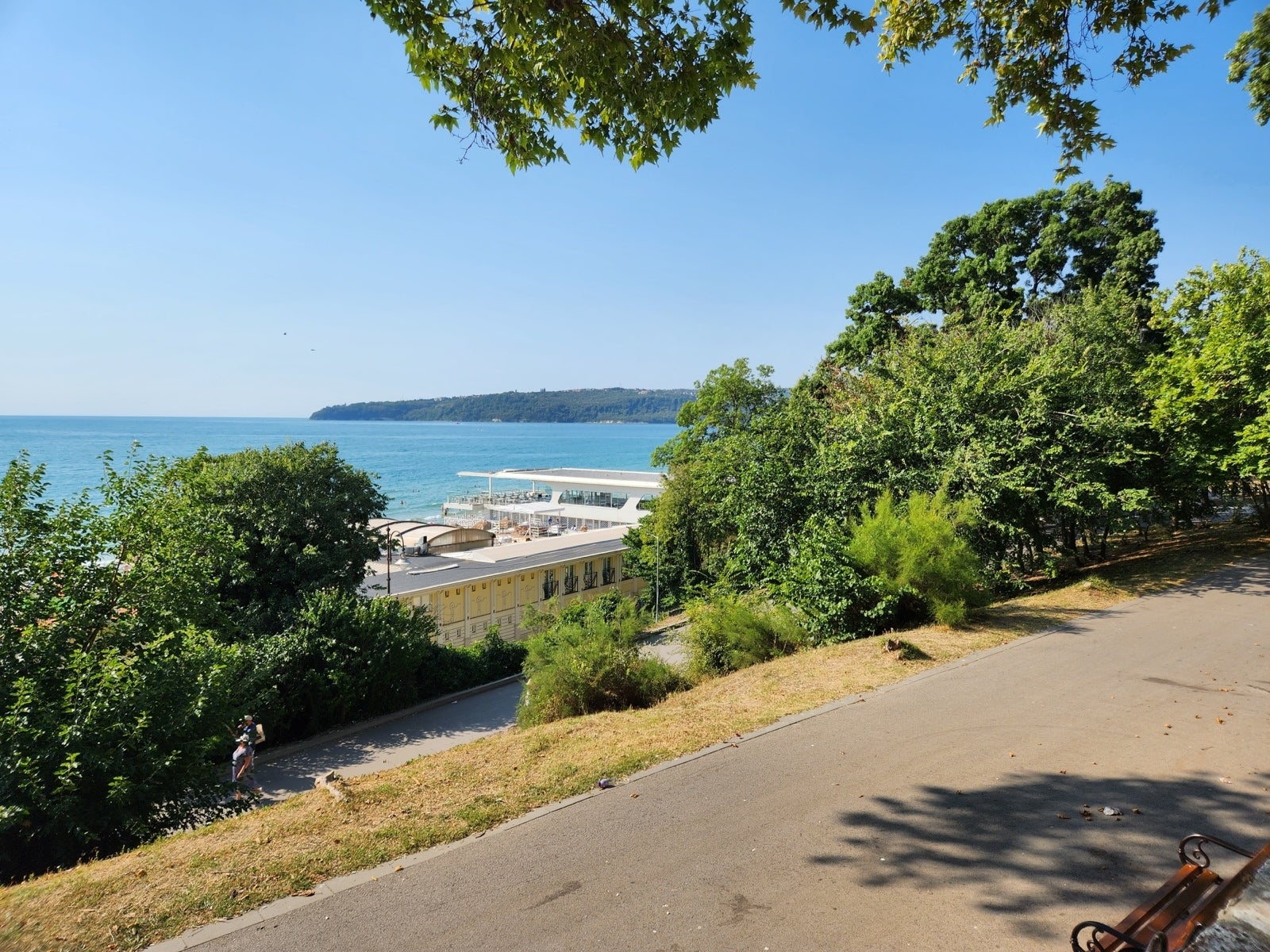
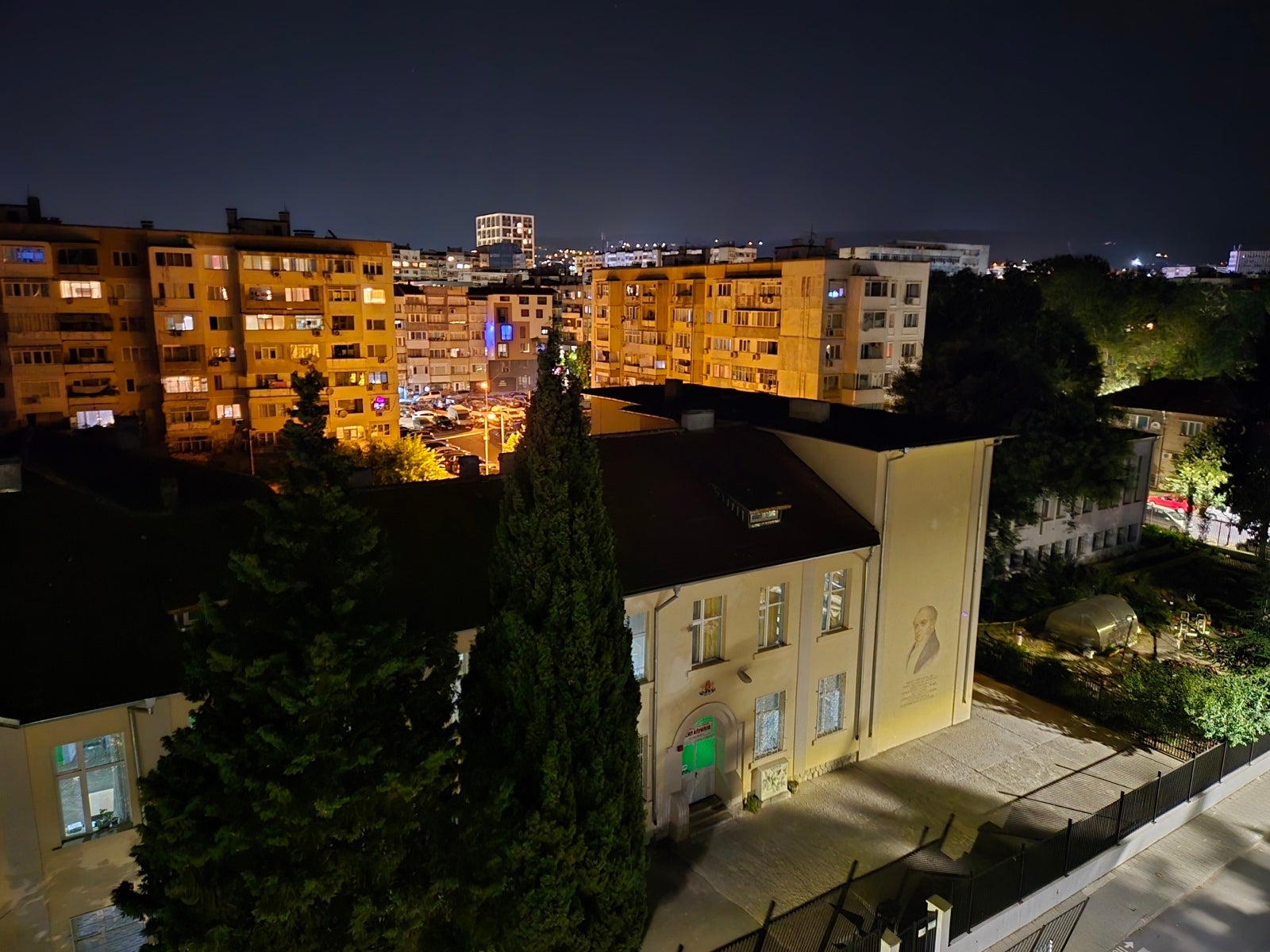
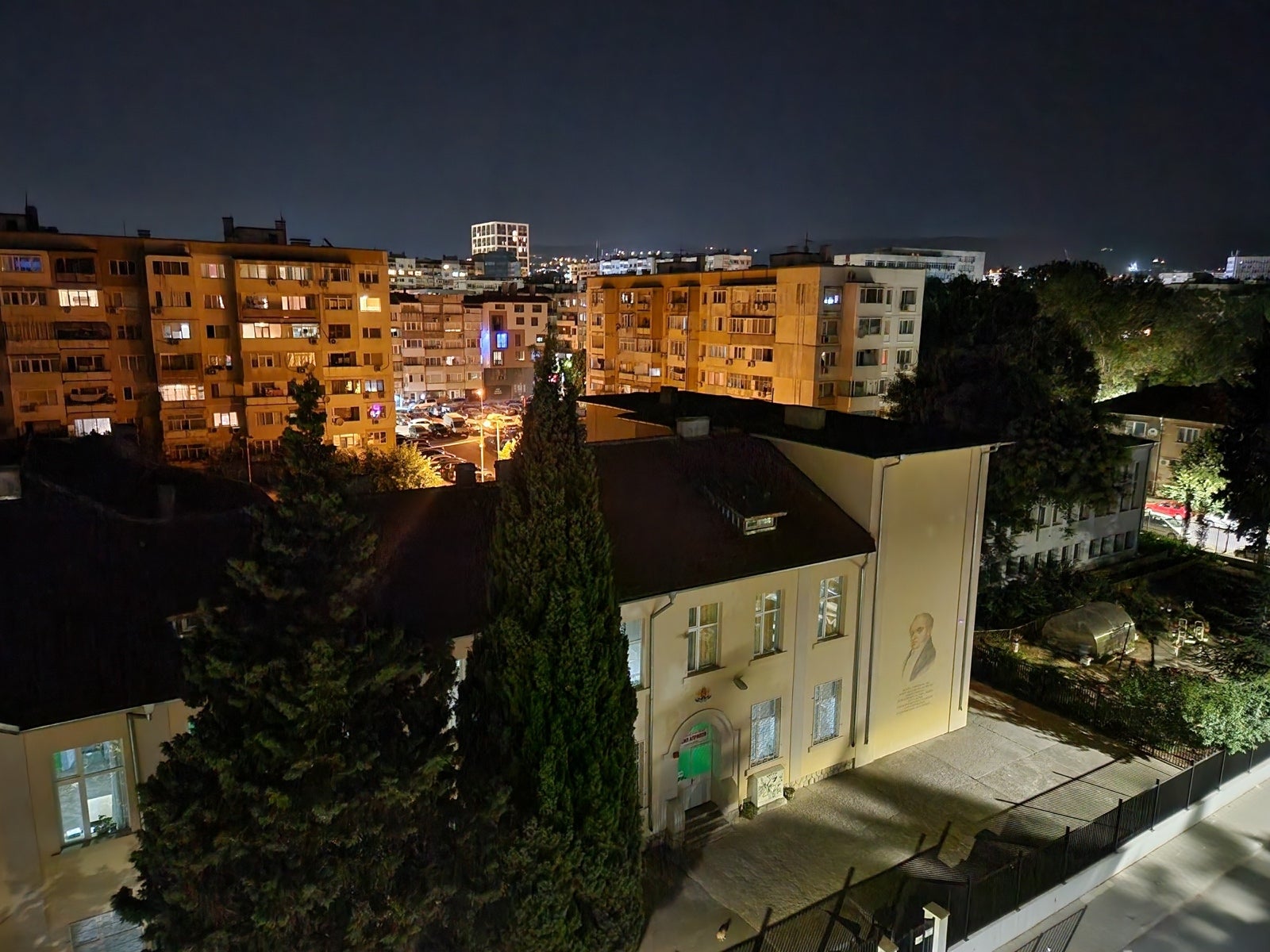




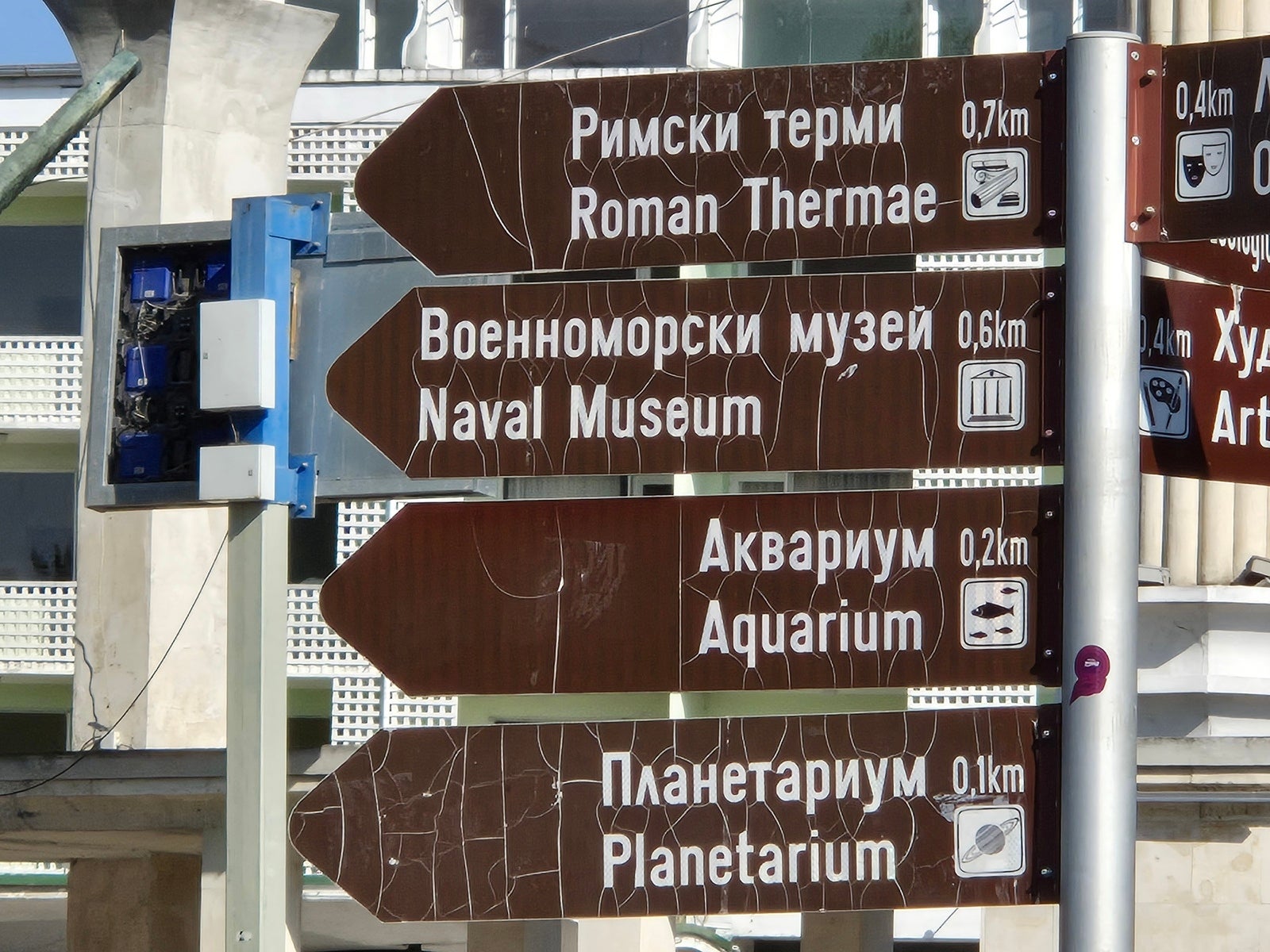

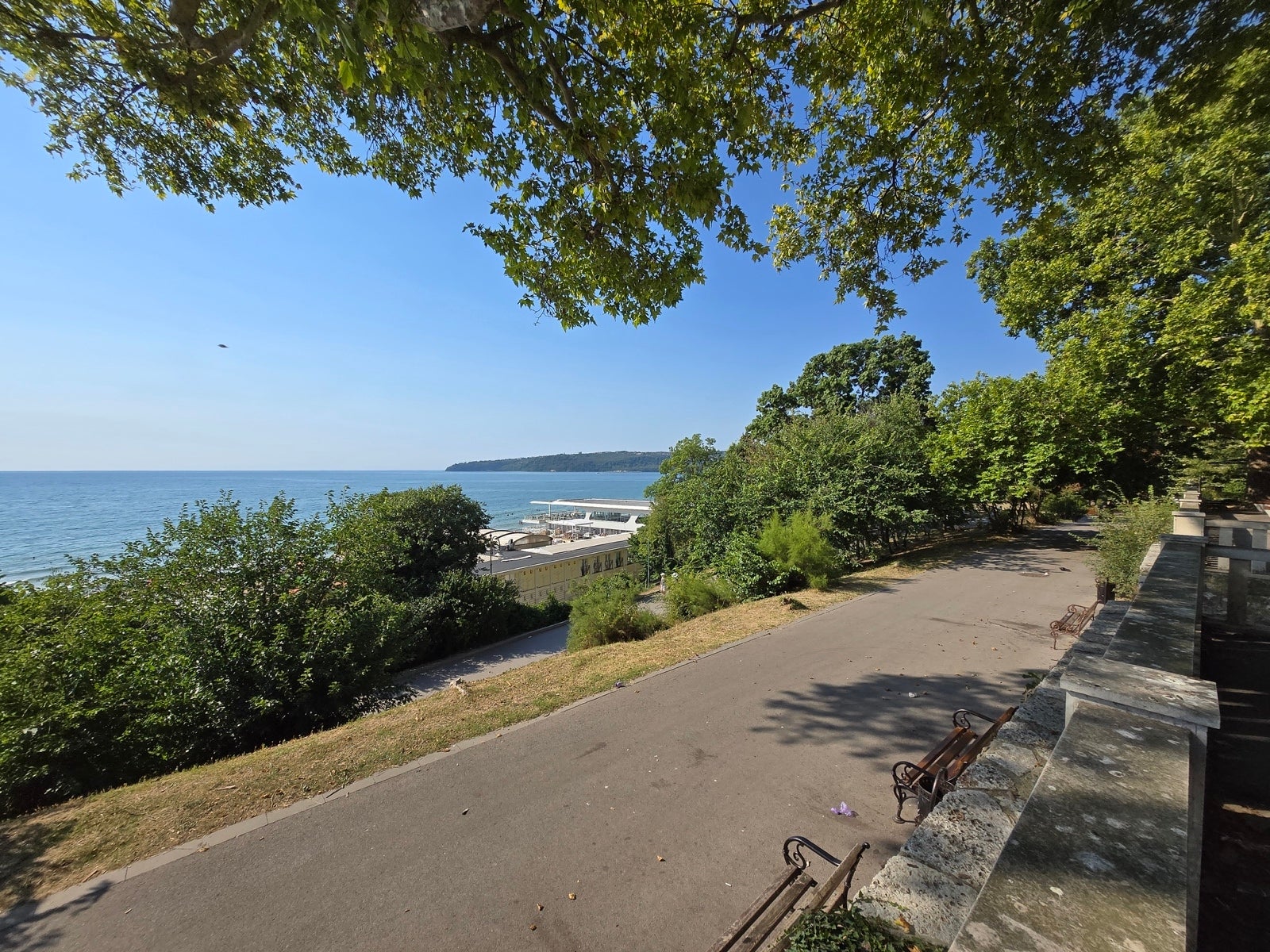
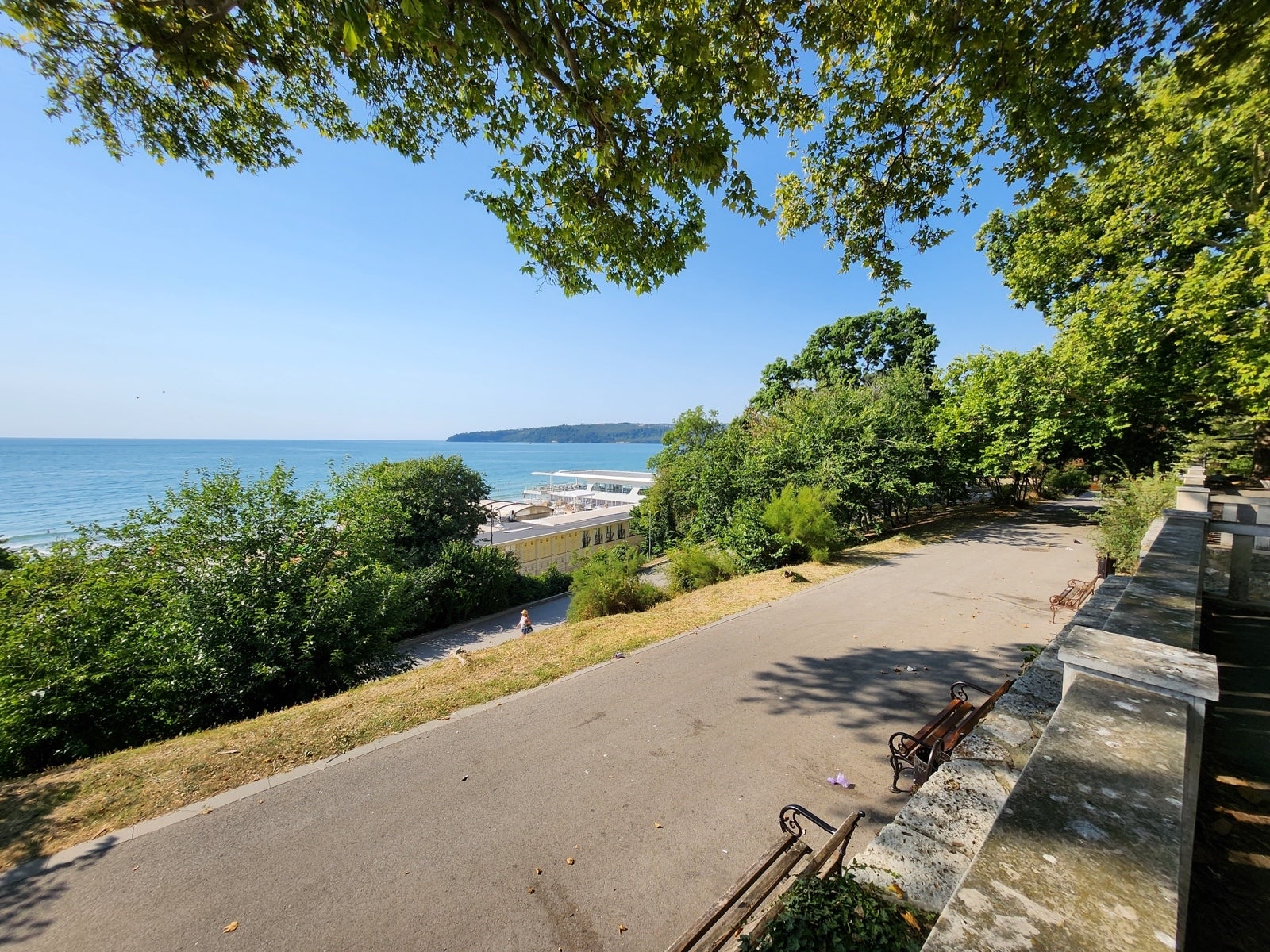




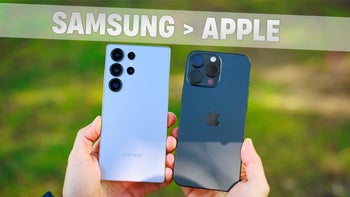


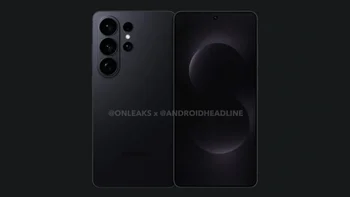


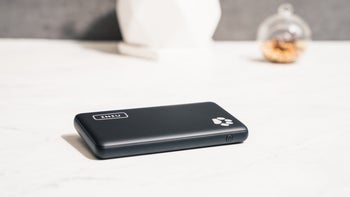
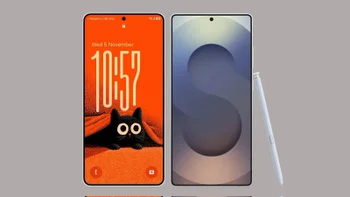
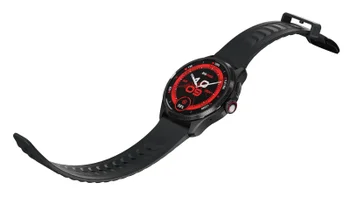


Things that are NOT allowed:
To help keep our community safe and free from spam, we apply temporary limits to newly created accounts: